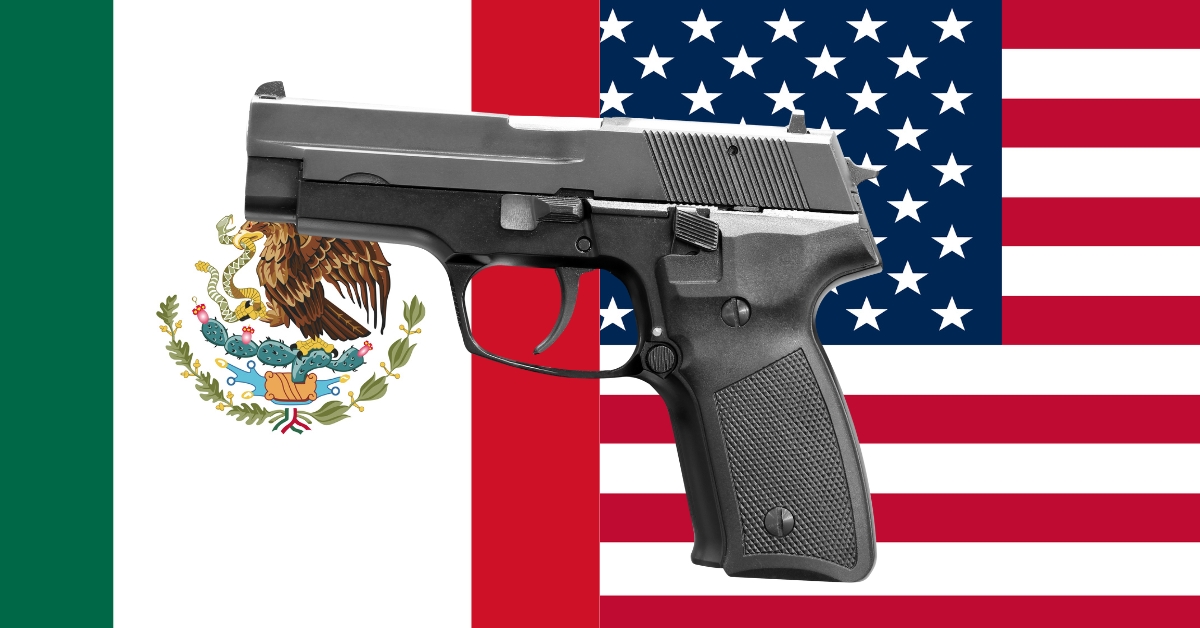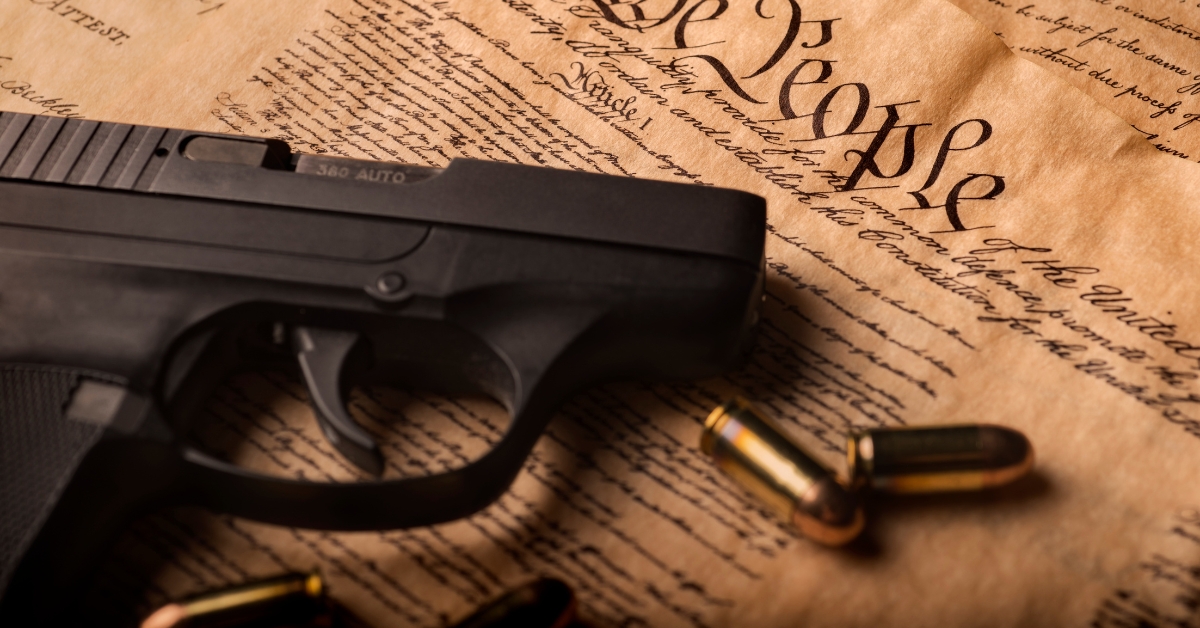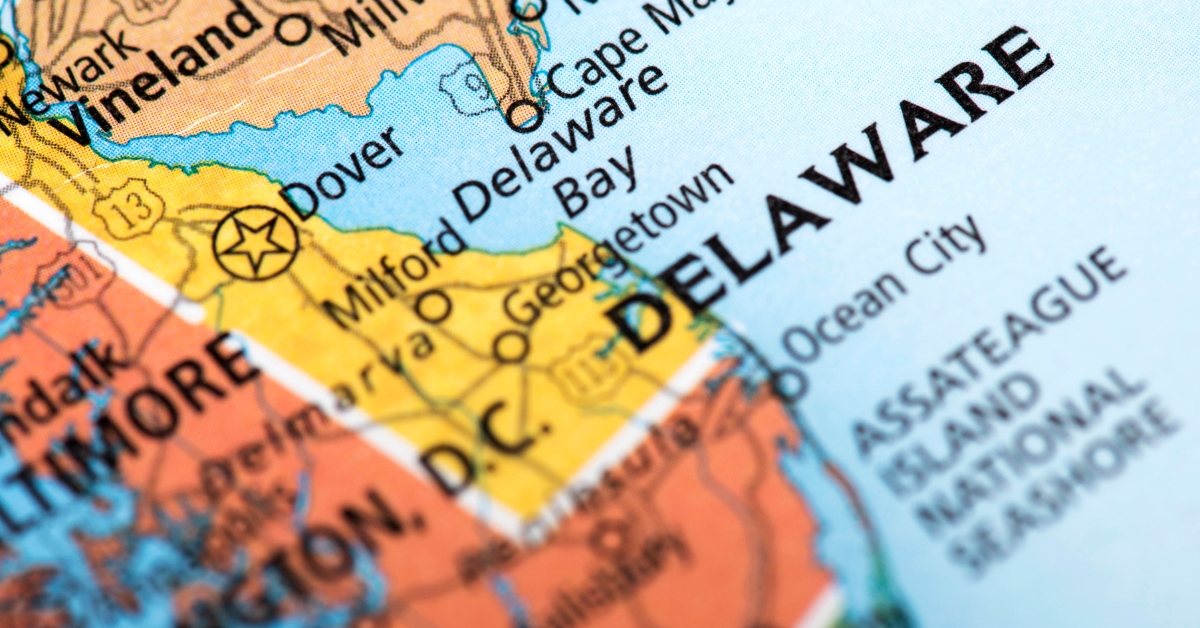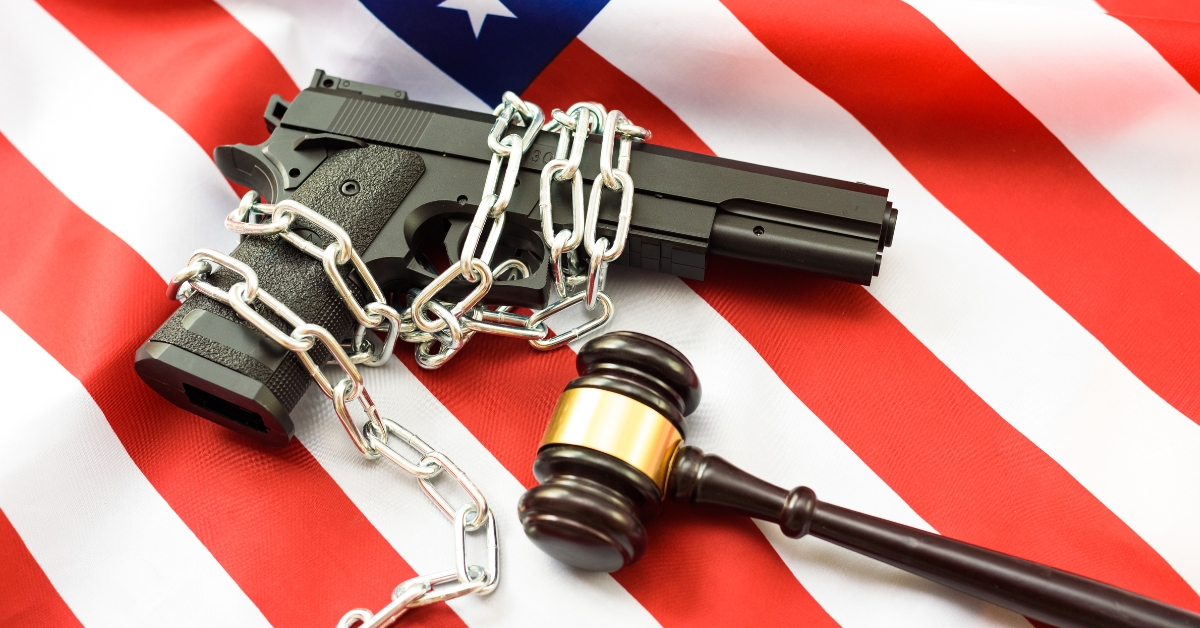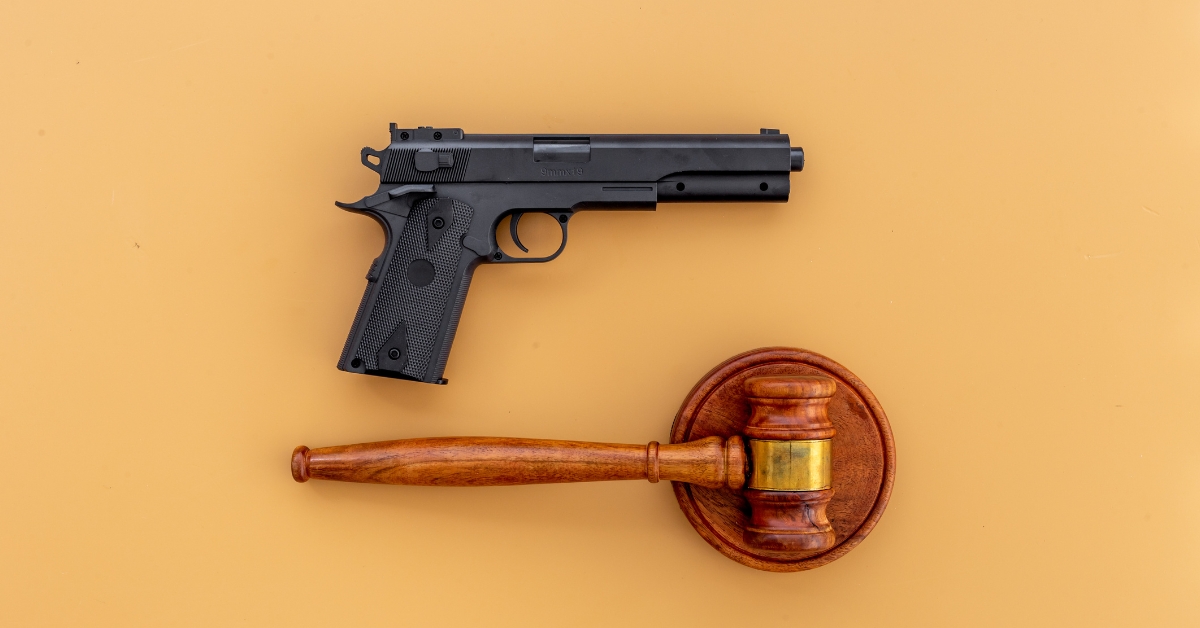
Shasta County Defies California Gun Law, Approves Concealed Carry in Government Buildings
In a bold move challenging California’s restrictive gun laws, Shasta County supervisors have voted to permit concealed carry in county government buildings, defying state law SB 2. This decision, passed by a 3-2 vote, marks a significant turn in the county’s approach to gun rights, particularly in so-called “sensitive places” where firearms are typically banned.
Arguing against the resolution, resident Jenny O’Connell referenced the 2015 San Bernardino terrorist attack. Ironically, this attack by a county employee and his wife on his coworkers occurred in a gun-free zone, inadvertently supporting the supervisors’ decision. The tragedy in San Bernardino is a stark reminder that gun-free zones can become easy targets for those intent on doing harm, as they typically offer little immediate armed resistance.
This new resolution in Shasta County is a clear act of defiance against California’s stringent gun control laws. It opens up the possibility for law-abiding citizens with concealed carry permits to arm themselves in government buildings, a move that supporters argue enhances public safety. The decision also reflects a growing frustration with state mandates that restrict the Second Amendment rights of citizens.
The debate over gun control is particularly heated in California, where state laws have increasingly tightened restrictions on firearms ownership and carry permissions. Shasta County’s resolution is not just about concealed carry rights; it’s a broader statement against what many see as an overreach by state authorities in personal freedoms and self-defense rights.
Critics, however, express concerns about the potential risks of allowing guns in public spaces, especially in emotionally charged environments like government meetings. They fear that more guns in such settings could lead to increased violence rather than enhanced safety.
Supervisor Patrick Jones, who authored the resolution, is pushing to expand this policy to include county employees, though such a move might require negotiation with local unions. This proposal indicates a willingness to further challenge state-level restrictions and assert local control over gun laws.
Shasta County’s decision raises important questions about the balance between public safety and individual rights. It reflects a growing movement in some parts of the country where local jurisdictions are pushing back against state and federal gun control measures. Whether other counties in California or in other states will follow Shasta County’s lead remains to be seen. However, this act of civic disobedience sets a precedent and could ignite further debates and legal challenges surrounding gun rights and the extent of state power over local governance.
